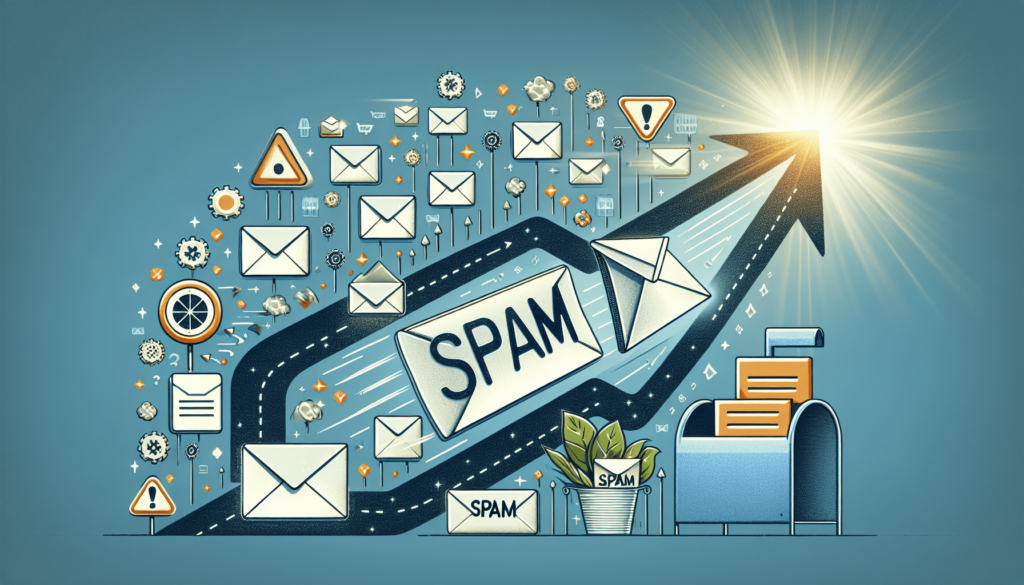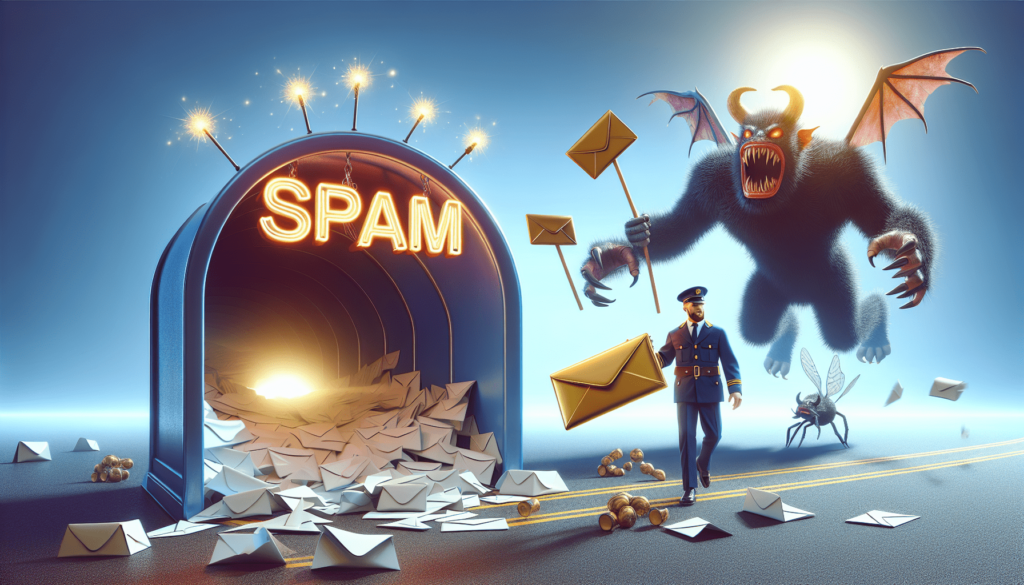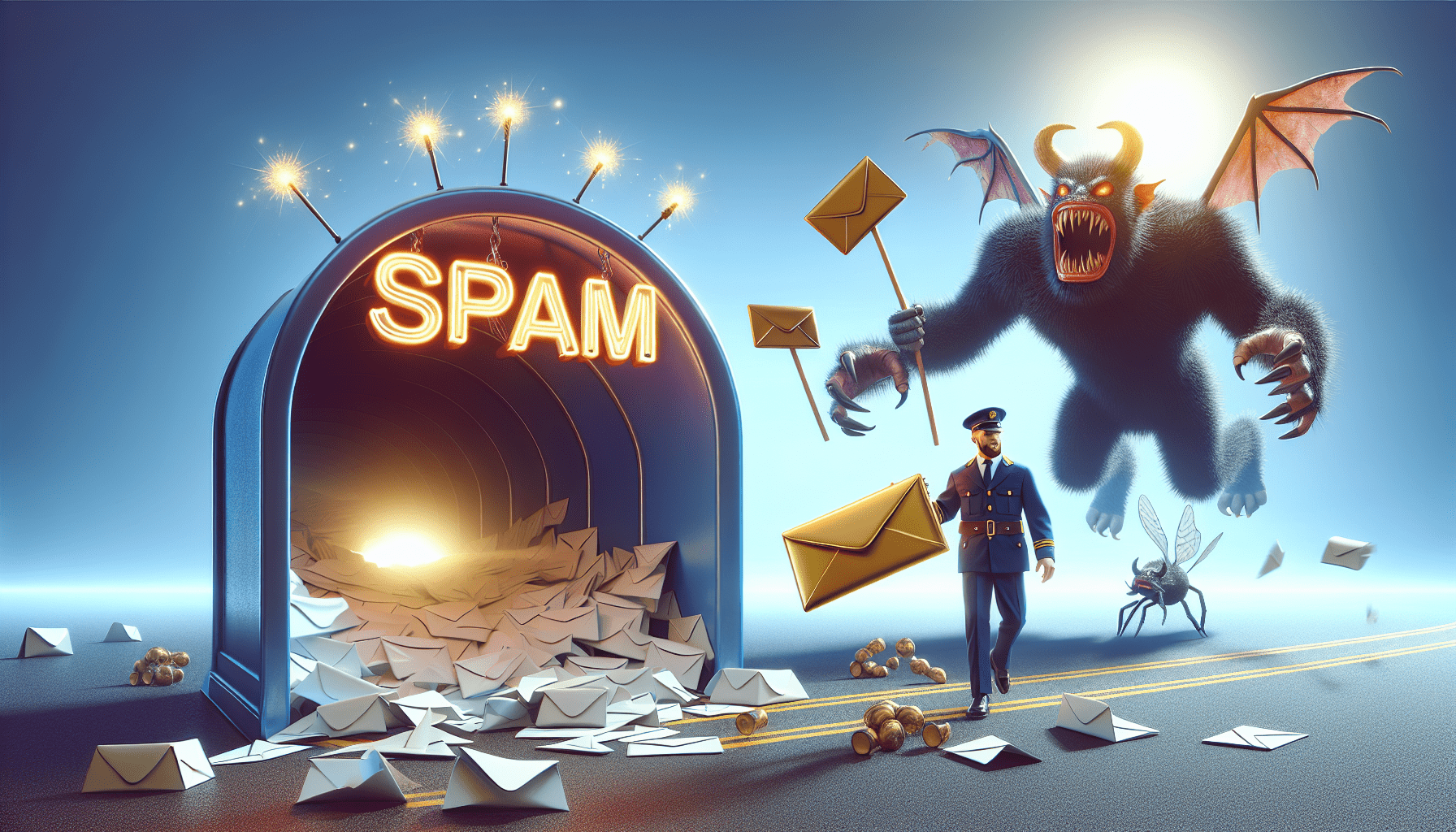Are you tired of sending important emails only to have them end up in the dreaded spam folder? It can be frustrating when your messages go unnoticed because they are being marked as spam. By following a few simple steps, you can increase the chances of your emails reaching their intended recipients’ inboxes. From watching your language and avoiding certain formatting to maintaining a clean email list, there are actionable ways to prevent your messages from being flagged as spam. Keep reading to learn more about how you can ensure your emails are delivered successfully every time.
Are Your Emails Ending Up in the Spam Folder?
Have you ever sent an important email only to find out that it went straight to the recipient’s spam folder? This can be both frustrating and damaging for your email deliverability. In this article, we will discuss strategies and best practices to ensure that your emails avoid being marked as spam and reach your intended recipients’ inboxes.

Understanding Email Spam Filters
Have you ever wondered how email providers determine whether an email should be classified as spam or not? Email spam filters use a variety of criteria to make this decision, including the subject line, sender’s email address, content of the email, and more. By understanding how these filters work, you can take steps to improve your email deliverability.
Importance of Email Authentication
Did you know that authenticating your emails can greatly reduce the chances of them being marked as spam? Email authentication involves adding SPF (Sender Policy Framework), DKIM (DomainKeys Identified Mail), and DMARC (Domain-based Message Authentication, Reporting, and Conformance) records to your DNS settings. By implementing these authentication protocols, you can help email providers verify the legitimacy of your emails.
Crafting Engaging and Relevant Email Content
When was the last time you reviewed the content of your marketing emails? One common reason why emails end up in the spam folder is because they are considered irrelevant or unsolicited by the recipient. To avoid this, make sure that your email content is engaging, relevant, and personalized to the recipient’s interests. Avoid using spam trigger words such as “free,” “guaranteed,” or “act now.”
Building a Clean Email List
Are you regularly cleaning your email list to remove inactive or invalid email addresses? Sending emails to outdated or incorrect email addresses can increase your chances of being marked as spam. Make it a habit to regularly scrub your email list and remove any addresses that bounce back or have not engaged with your emails in a certain period of time.

Sending Emails at the Right Time
Have you ever thought about the timing of your email sends? Sending emails at the wrong time can result in lower open rates and increased chances of being marked as spam. By analyzing your email open rates and engagement metrics, you can determine the best times to send emails to your subscribers. Consider factors such as time zone differences and your recipients’ typical email-checking habits.
Avoiding Spam Traps
Did you know that email providers set up spam traps to catch senders who are not following best email practices? Falling into a spam trap can severely damage your email deliverability. To avoid this, make sure you are only sending emails to recipients who have opted in to receive your communications. Avoid purchasing email lists or sending emails to outdated email addresses.

Monitoring Email Engagement Metrics
Are you regularly monitoring your email engagement metrics? Tracking metrics such as open rates, click-through rates, bounce rates, and spam complaints can provide valuable insights into the effectiveness of your email campaigns. By identifying trends and patterns in your engagement metrics, you can make data-driven decisions to improve your email deliverability and overall performance.
Providing Clear Unsubscribe Options
Have you ever considered the impact of making it difficult for recipients to unsubscribe from your emails? Not providing a clear and easy way for recipients to opt out of your email communications can lead to spam complaints and negatively impact your sender reputation. Make sure that your emails include a visible and user-friendly unsubscribe link that allows recipients to easily opt out if they no longer wish to receive your emails.

Testing Your Emails Before Sending
Have you ever sent an email only to realize that there was a formatting issue or broken link? To avoid embarrassing mistakes and ensure that your emails render correctly across different email clients and devices, it’s important to test your emails before sending them out. Use email testing tools to preview your emails, check for errors, and make any necessary edits before hitting send.
Working with a Reputable Email Service Provider
Have you considered working with a reputable email service provider to streamline your email marketing efforts? An ESP can provide you with the tools and resources needed to optimize your email deliverability, track your performance metrics, and stay compliant with email marketing regulations. Look for an ESP that offers features such as email automation, A/B testing, and detailed analytics to help you improve your email campaigns.
Conclusion
In conclusion, avoiding your emails being marked as spam requires a combination of best practices, strategies, and ongoing monitoring of your email engagement metrics. By implementing email authentication, crafting engaging content, building a clean email list, and following other tips outlined in this article, you can increase your chances of reaching your recipients’ inboxes and achieving your email marketing goals. Remember, staying informed about email marketing trends and regulations is key to maintaining a healthy sender reputation and maximizing your email deliverability.

Comments are closed